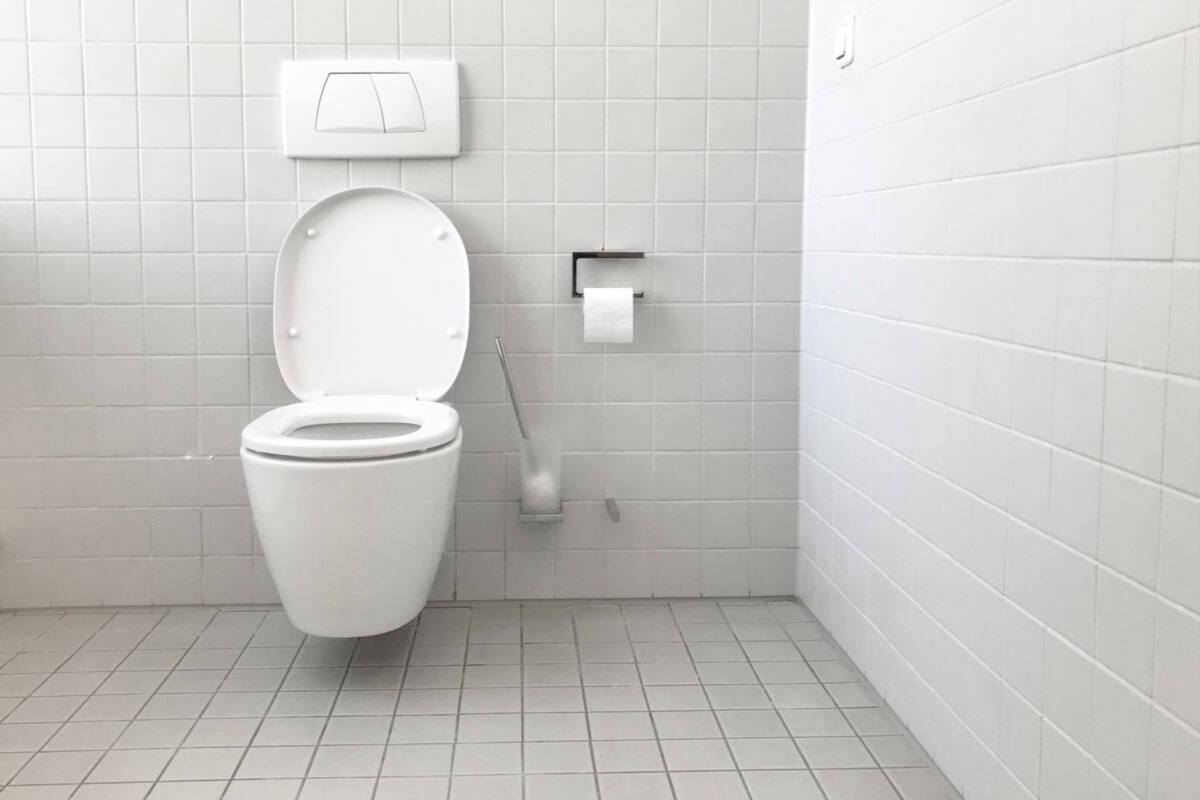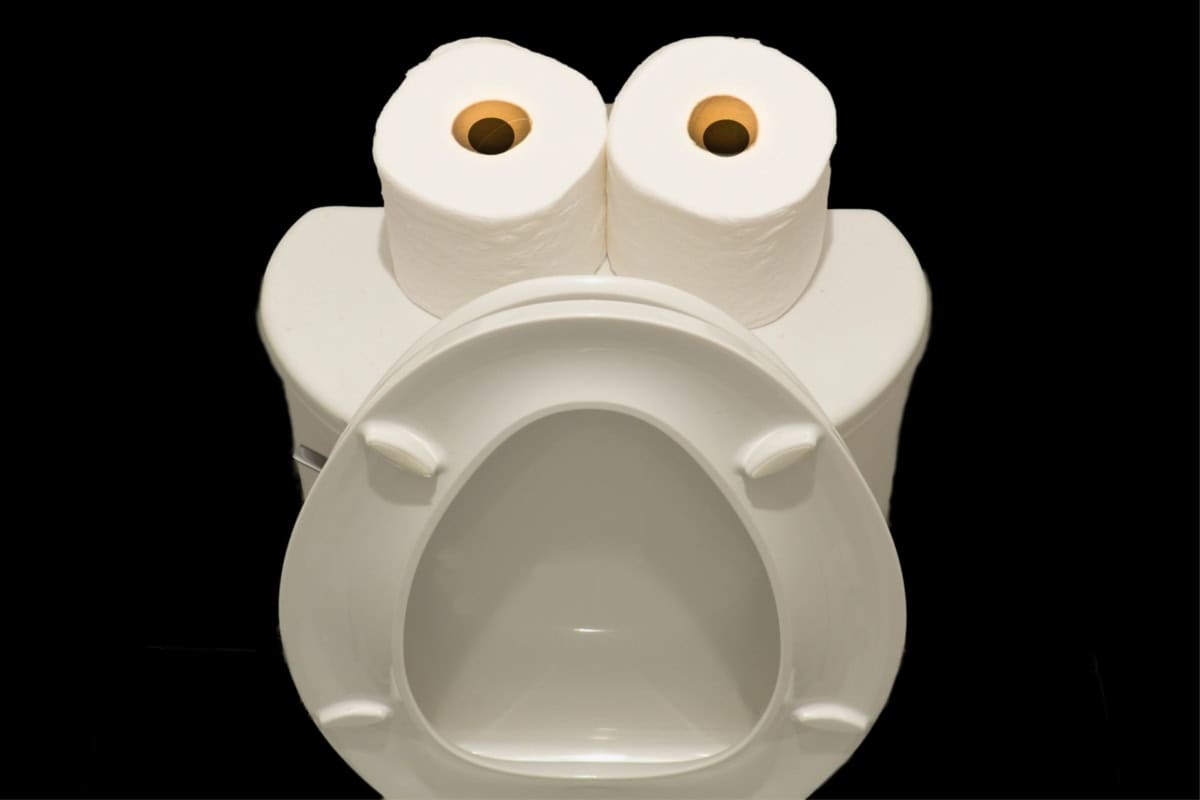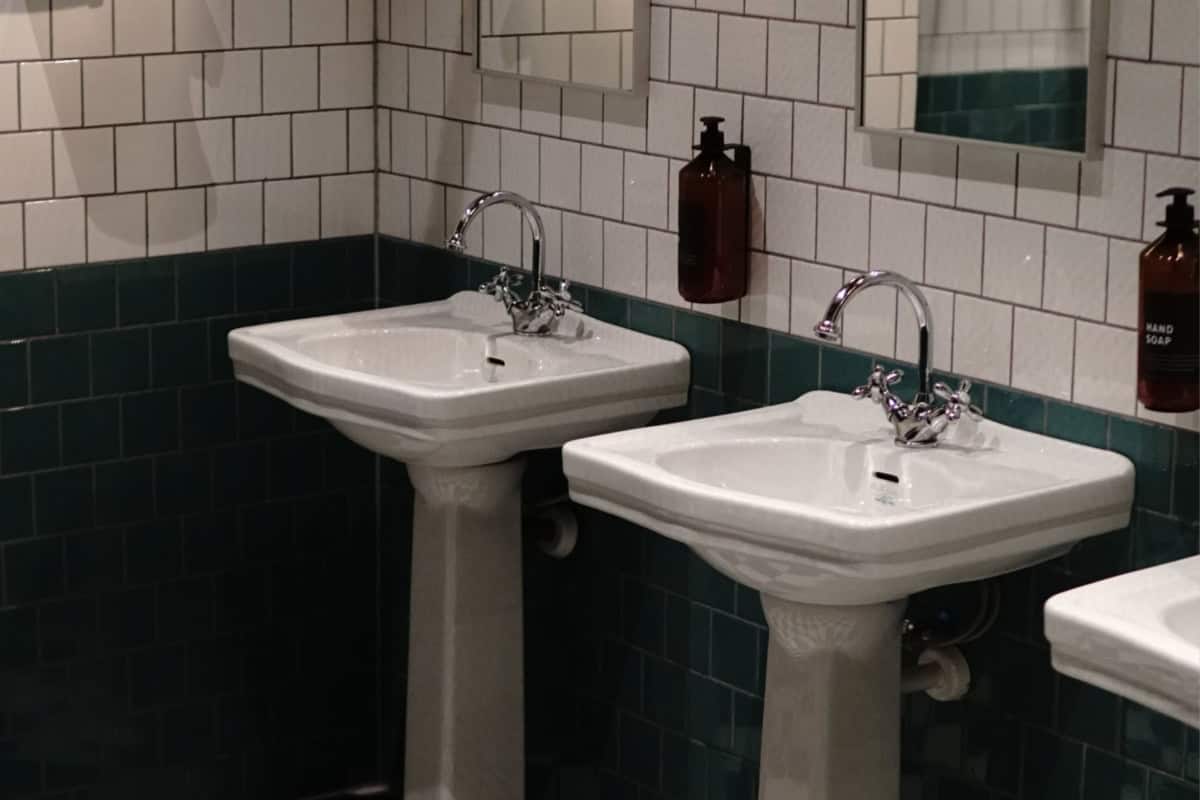3 Sample Student Toilet Protocols for an IEP (PDF)
If your IEP student (at any age) is not yet toilet trained, then a toileting IEP goal or toileting protocol may be added to their IEP.
Toileting protocol is the common term used. There is no “toileting curriculum” or “toileting class” when it comes to students and being toilet trained. You may also want to read: Toilet training IEP Goals.

They don’t get push-in services or pulled out to a separate resource room to learn about toileting. Because of these reasons (and many more) the term toileting protocol is what is used.
Toileting Protocol for School
A toileting protocol at school typically refers to the guidelines and procedures put in place to ensure that students have access to appropriate facilities and assistance when using the restroom during school hours.
These protocols may vary depending on the age of the students, the school’s policies, and any specific needs of individual students.
Here are some common components of a toileting protocol at school:
- Supervision: Younger students may require supervision when using the restroom to ensure their safety and to maintain order in the facilities.
- Permission: Some schools may require students to ask for permission from a teacher or staff member before using the restroom to prevent disruptions during class time.
- Accessibility: Restrooms should be easily accessible to students throughout the school day, including during breaks and lunchtime.
- Privacy: Schools should ensure that students have privacy when using the restroom, including private stalls or areas for changing clothes if necessary.
- Hygiene: Students should be encouraged to practice good hygiene habits, such as washing their hands after using the restroom, and schools may provide hygiene products like soap and hand sanitizer.
- Accommodations: Students with special needs may require accommodations, such as accessible restrooms or assistance from staff members, to ensure they can use the restroom safely and comfortably.
- Emergency Procedures: Schools should have procedures in place for handling emergencies in the restroom, such as medical emergencies or accidents.
- Communication: Parents should be informed about the school’s toileting protocol and any specific accommodations or procedures that apply to their child.
The goal of a toileting protocol at school is to ensure that students can meet their basic needs in a safe, comfortable, and respectful environment.
Schools may or may not use ABA or behavioral modification activities when it comes to toileting. However, it’s important to remember that many disabled students have different interoception than non-disabled students which can affect toileting.
So can functional communication. A child needs functional communication in order to let the adults know they need to use the bathroom.

Do Students Have to be Toilet Trained in order to attend school?
No, they do not.
Most kindergarteners are toilet trained. Another percentage of those little kids will be mostly toilet trained but will have the occasional accident.
Others may be toilet trained, then regress due to some type of ACE (adverse childhood events or trauma) such as divorce or a death in the family.
Yet, most kids are toilet trained by age 3 and 4. If your child is still not toilet trained by the time of starting kindergarten, you may wish to ask for special education evaluations to see if there are other skill delays or if your child has a developmental delay.
By itself, just a lack of toileting skill does not automatically indicate the child is disabled. However, it shouldn’t be brushed off and should be pursued by both your child’s pediatrician and your school team.

Toilet Training in Public School
Just a few things to keep in mind as you proceed.
- Use age-appropriate language. “Potty” is the word when you’re 3 or 4, not 13 or 14.
- Be consistent. Make sure protocol is being followed at home and at school.
- Use literal language if your child needs it. There are a zillion euphemisms for all things toileting, right? Don’t use them if it will further confuse your child. Pick one word and be consistent.
- Think outside the box. Maybe your child needs a photograph of your actual bathroom, not a PECS diagram. Maybe they need a 3D object such as a pull-up.
- Don’t get discouraged. Our kids take a long time to learn things. If you get frustrated, take a break and revisit it in a few months.
- Be aware of signs of readiness.
- Some kids just aren’t going to be toilet trained for a really long time. I have a friend whose son was finally trained at age 20. But it happened, and that’s what matters.
Don’t overthink it.
I often think that a lot of an IEP team’s trepidation about doing something like this is that they think it’s going to be a ton of work. It doesn’t have to be. This particular protocol was intense because that is what the child needed.
But you can also just use natural breaks in the day like snack times, lunch and moving to different areas.
Sample Toileting Protocol for School
Here’s a sample toileting protocol for a child at school:
- Permission: Students are encouraged to use the restroom during designated break times (e.g., recess, lunch) without needing explicit permission. However, during instructional periods, students should raise their hand and quietly ask the teacher for permission to use the restroom. Teachers should use discretion in granting permission, considering the urgency of the request and minimizing disruptions to the classroom.
- Supervision: For younger students or those with special needs, restroom visits may be supervised by a teacher’s aide or designated staff member to ensure safety and proper behavior. Supervision may include accompanying the student to the restroom, waiting outside, and providing assistance if needed.
- Accessibility: Restrooms should be conveniently located throughout the school building and easily accessible to students. Restroom facilities should be clean, well-maintained, and stocked with toilet paper, soap, and hand sanitizer.
- Privacy: Restrooms should provide adequate privacy for students. This includes individual stalls with locking doors and partitions between urinals. For students who require additional privacy or assistance, accommodations should be provided, such as access to a private restroom or assistance from a staff member.
- Hygiene: Students should be reminded to practice good hygiene habits, including washing their hands with soap and water after using the restroom. Hand sanitizer should be available for students who may not have immediate access to a sink.
- Accommodations: Students with special needs, such as those with physical disabilities or medical conditions, should have access to accommodations as outlined in their individualized education plans (IEPs) or 504 plans. This may include accessible restroom facilities, assistance from trained staff members, or specialized equipment.
- Emergency Procedures: Staff members should be trained in emergency procedures related to restroom use, such as responding to medical emergencies, accidents, or instances of bullying or harassment in the restroom. Clear protocols should be in place for contacting school administrators, school nurses, or emergency services if necessary.
- Communication: Parents should be informed of the school’s toileting protocol at the beginning of the school year and provided with updates as needed. Teachers and staff members should communicate with parents regarding any concerns or incidents related to their child’s restroom use.
This sample protocol can be customized based on the specific needs and policies of the school, as well as any legal requirements or regulations that apply. Regular review and updates to the protocol may be necessary to ensure that it remains effective and inclusive for all students.
I have another whole post with dozens of Visual Schedules for Daily Routines. You may find something in there since toileting is a part of our daily routine!
As with anything in the IEP, follow the process: Request in writing, meet, follow up with PWN.
Diapers and Pullups for an Older Child
Once your child grows out of the size 5T or 6 or XL for most diapers and pullups, things can get tricky.
But, the good news is that lately, nighttime incontinence and older kids is an issue that is talked about much more than it was 10-15 years ago. As such, you can usually find packs of pullups in bigger sizes at your grocery store or pharmacy. Even though they are designed for nighttime, you can wear them anytime. The bad news is, that they are terribly expensive.
Also, if you haven’t noticed, incontinence products at your local pharmacy are much more popular and numerous than they used to be. Things like Depends and Poise now take up entire sections, instead of just 1-2 packs shoved some place.
For women, these do come in XS, so that might just work for an older child. But again, these things are not cheap! Try a small pack of store brand to see if they meet your needs. Store brand is usually cheaper.
Your next step is to ask your pediatrician for names of medical supply companies. And, call your insurance company.
Financial Aid for Diapers and Pullups
Ask your insurance company what is covered. In some cases, you will have to go through a certain supplier. If that is your situation, call that supplier and ask them to send you a sampler pack. They’ll ask you for your child’s height and weight, and send you out a few samples of each product that they have that fits your child.
If your insurance does not cover it, consider doing an appeal with your insurance company. Can’t hurt to try.
Or, ask your employer (whoever provides the health insurance) about tax-free medical spending accounts. Do the math on what you’ll spend on these in a year, and have that deducted from the paycheck so at least you won’t pay taxes on that money. Every little bit helps!
Lastly, while not available in every state, in some (mine!) Medicaid expansion covers all kids with disabilities. As such, our diapers and pullups are covered. One more reason why it is so important to be involved in lobbying and advocacy for our kids. These issues matter!
Independent Functioning and Life Skills
- Sample Student Toilet Protocols for an IEP
- 25 Functional Life Skills Activities for IEP Students (+ How to Teach Them)
- 37 Toileting IEP Goals (for all ages)
- 65 Vocational IEP Goals Including Work Habits and Jobs
- 100 Independent Functioning and Independent Living IEP Goals (Life Skills)
- 1000 IEP Goals for Transition: IEP Transition Goals Bank
- 36 Measurable Postsecondary Goals for an IEP
- 99 Community Safety and Transportation IEP Goals
- 75 Personal Hygiene IEP goals and Health IEP Goals (effective and measurable!)
- 68 Money IEP Goals including Functional Math, Budgeting and Banking


